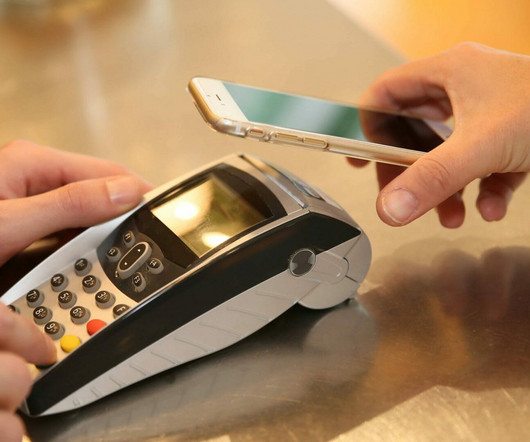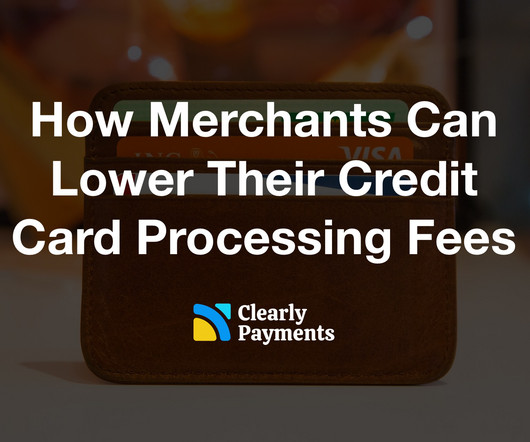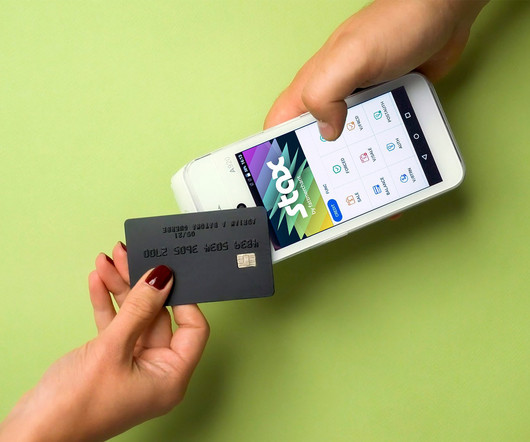All You Need to Know About Internet Credit Card Payment Processing
Stax
MARCH 5, 2025
Whether the payment is approved or rejected, if the funds are withdrawn and deposited into your business’s account–all of this is done by the payment processor. They also often provide the actual equipment you need to accept credit card payments, like the point of sales (POS) terminal.















Let's personalize your content